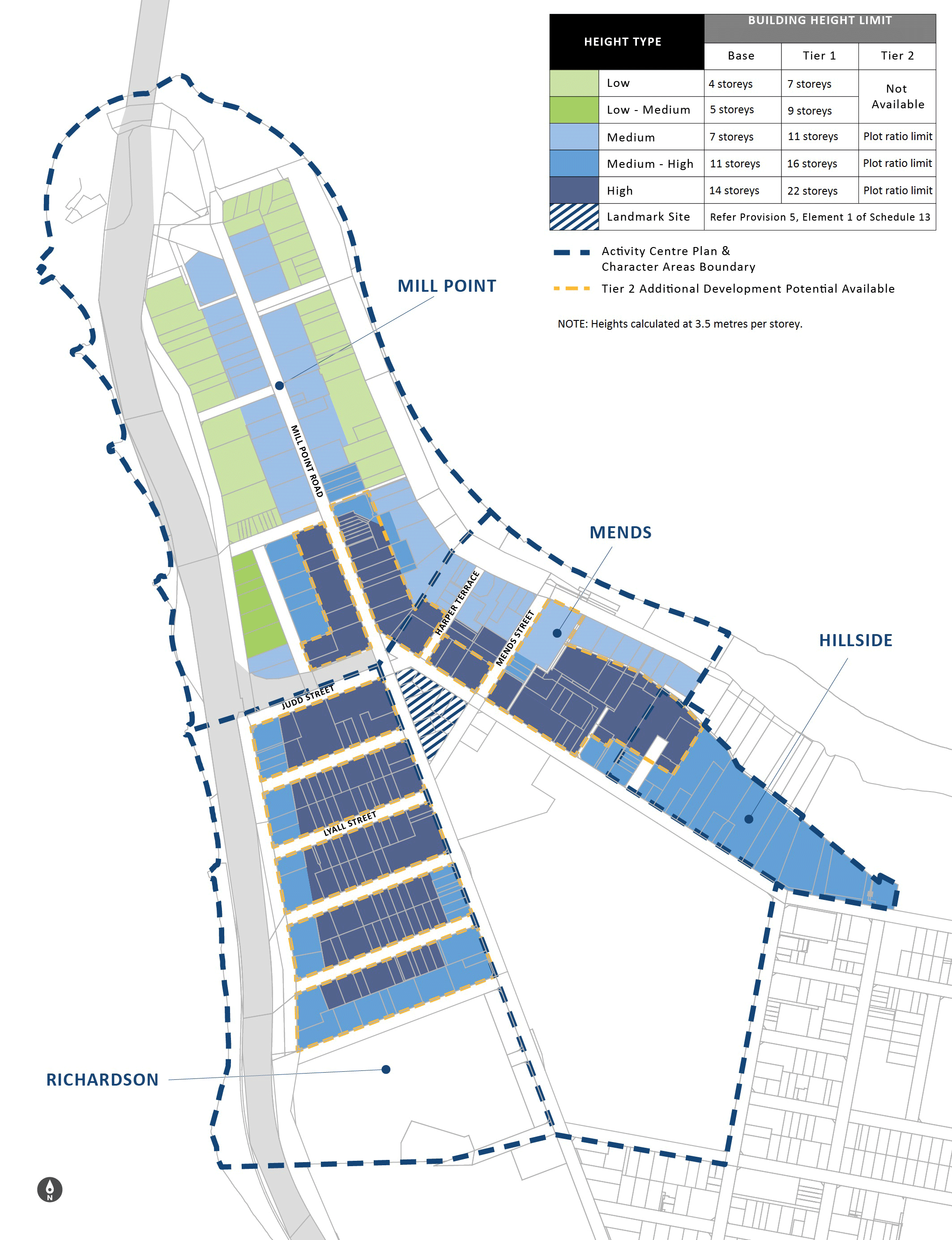Council to consider draft South Perth Activity Centre Plan
The City’s draft South Perth Activity Centre Plan (ACP) and associated scheme amendment will be presented to Council at the Ordinary Council Meeting to be held on 30 October 2018.
The Council will consider whether they consent to commence public advertising of the draft ACP and the associated scheme amendment.
The community and other stakeholders will have the opportunity to comment on the draft ACP and scheme amendment following the Western Australian Planning Commission consent to commence the public comment period.
Why are we preparing the South Perth Activity Centre Plan?
As Perth’s population continues to grow, we face planning opportunities and challenges. The current population of the activity centre plan area is 2,675 people. This is forecast to grow to 4,750 people by the year 2031, and 7,500 people by 2041. These growth forecasts represent our current best estimate of the likely growth of the activity centre plan area based on the most up to date information available, including Census and development data.
The South Perth activity centre is identified as a District Centre in the State Government’s activity centres hierarchy. State Government planning policy therefore requires that the City prepare an activity centre plan.
The South Perth Peninsula Place and Design Report (May 2017) provided a number of recommendations for the planning of the activity centre area, including that an activity centre plan be prepared. The City of South Perth Council resolved to prepare an activity centre plan in June 2017.
The South Perth Activity Centre plan will provide:
- A robust planning framework to manage development that accommodates forecast and required population and activity growth
- Guidance to improve movement, connectivity, streetscapes and public open space within and around the centre.
Process and stakeholder engagement
The City of South Perth Council resolved to review the existing planning provisions in the South Perth activity centre area in 2015. Following this resolution the City has undertaken a significant amount of work, including extensive stakeholder engagement, culminating in the preparation of the South Perth Peninsula Place and Design Report in May 2017.
The South Perth Peninsula Place and Design Report was the outcome of workshops and extensive community engagement, exploring the issues affecting South Perth, recognising a broad spectrum of views and interests, and developing a vision and objectives for the future of the South Perth activity centre. The preparation of an activity centre plan was a major recommendation of the report.
The draft ACP has been developed based on the relevant built form, public realm and transport recommendations of the Place and Design Report and refined through further detailed planning work and engagement with a stakeholder reference group and elected members.
The evidence base
The draft ACP is based on a sound and robust evidence base that is informed by the most up to date information available, and considers the needs and expectations of the State Government’s planning framework, as well as the local context. The plan will take a holistic, long term approach that can be updated over time to respond to changing needs and circumstances.
The evidence base informing the draft ACP includes:
- Regional planning strategies, policies and guidelines of the State Government
- Detailed analysis of development data and population growth forecasts based on accurate, factual and up to date data from the most recent Census
- Outcomes of stakeholder engagement undertaken during the Place and Design Study in 2017 and feedback from the South Perth Station Precinct Reference Group and the City’s Elected Members.
What does the draft plan propose?
The draft ACP proposes more restrictive limits on built form (what a building looks like, how tall it is, how much of the lot it takes up, how far it is set back from the footpath and street) than those that exist under the City’s current Local Planning Scheme. This has been achieved through the inclusion of clear controls on building size (building height, plot ratio and tower floorplate area limits, as well as podium height, setbacks and site cover limits). The draft ACP also proposes that podium height and site cover requirements be reduced throughout the entire ACP area.
Building size limits
The draft ACP works on the principle that as a building gets taller it must be slimmer relative to the size of the site. This ensures that taller towers have greater space around them.
The draft ACP defines the building size for any given site through podium height and setback limits, tower setback and floorplate size limits, and total building height and plot ratio limits. These limits have been developed as a result of the outcomes of four separate exercises – the development of an urban design rationale for the ACP area, consultation with local stakeholders, growth forecasts, and architectural testing.
Building size is controlled through a system of built form typologies (low, low-medium, medium, medium-high and high) applicable to each site, as well as podium height, setback and site cover limits. Each typology also has a system of two tiers (base and tier 1). The medium, medium–high and high typologies have an additional tier (tier 2) that is available on certain sites.
Additional development potential and public benefits
The draft ACP aims to facilitate variety in the built form, within clear limits. Height and plot ratio can be varied to allow development proposals to be approved that: will not have a significant adverse effect on the amenity of the locality, that achieve an exceptional standard of design and provide a public benefit contribution to City in return for additional development potential. Public benefit contributions would be used on items including (but not limited to): community facilities; streetscape and public realm upgrades; street trees and landscaping; upgrades to public open space; transport infrastructure; infrastructure upgrades; or placemaking initiatives. The amount of additional floorspace that may be approved is directly related to the value of the public benefit contribution provided.
Density targets
The current guiding State Government document for Activity Centres provides guidance on a minimum residential density target of 20 dwellings per gross hectare, and a desirable 30 dwellings per gross hectare, for centres such as South Perth. Under the draft plan the area is forecast to grow to approximately 27 dwellings per gross hectare, or slightly below the desirable target set by the State Government, by 2031. By 2041 the area is expected to grow further to accommodate approximately 4,250 dwellings, at a density of 41 dwellings per gross hectare.

Related Documents
Media contact
- Phone 9474 0777
- Email media@southperth.wa.gov.au

